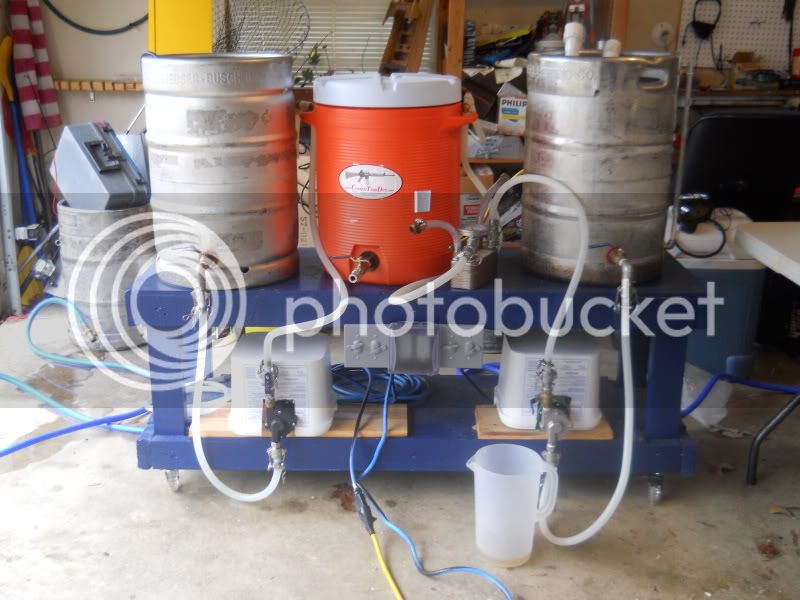Cpt_Kirks
Well-Known Member
I use a standard ball valve on the output of my wort chugger pump. This allows me to control the flow from the BK to my plate chiller. By reducing/increasing the flow, I can alter the temperature of the cooled wort going into the fermenter.
Problem is, the ball valve control is too coarse. It is VERY hard to fine tune the temperature, a slight movement of the handle results in a large swing in the output temperature.
Are there reasonably priced valves that have more precise flow control?


Problem is, the ball valve control is too coarse. It is VERY hard to fine tune the temperature, a slight movement of the handle results in a large swing in the output temperature.
Are there reasonably priced valves that have more precise flow control?






